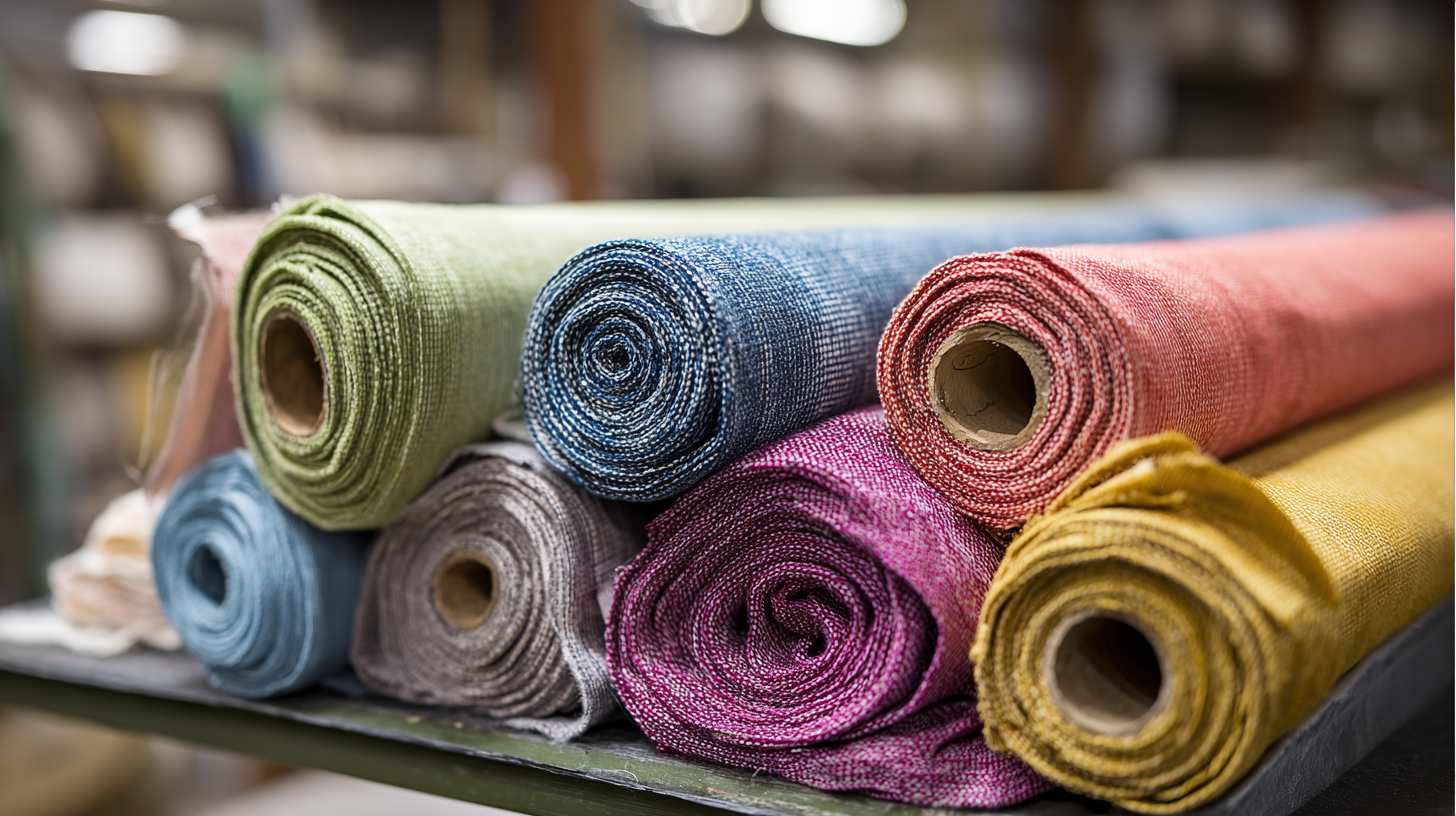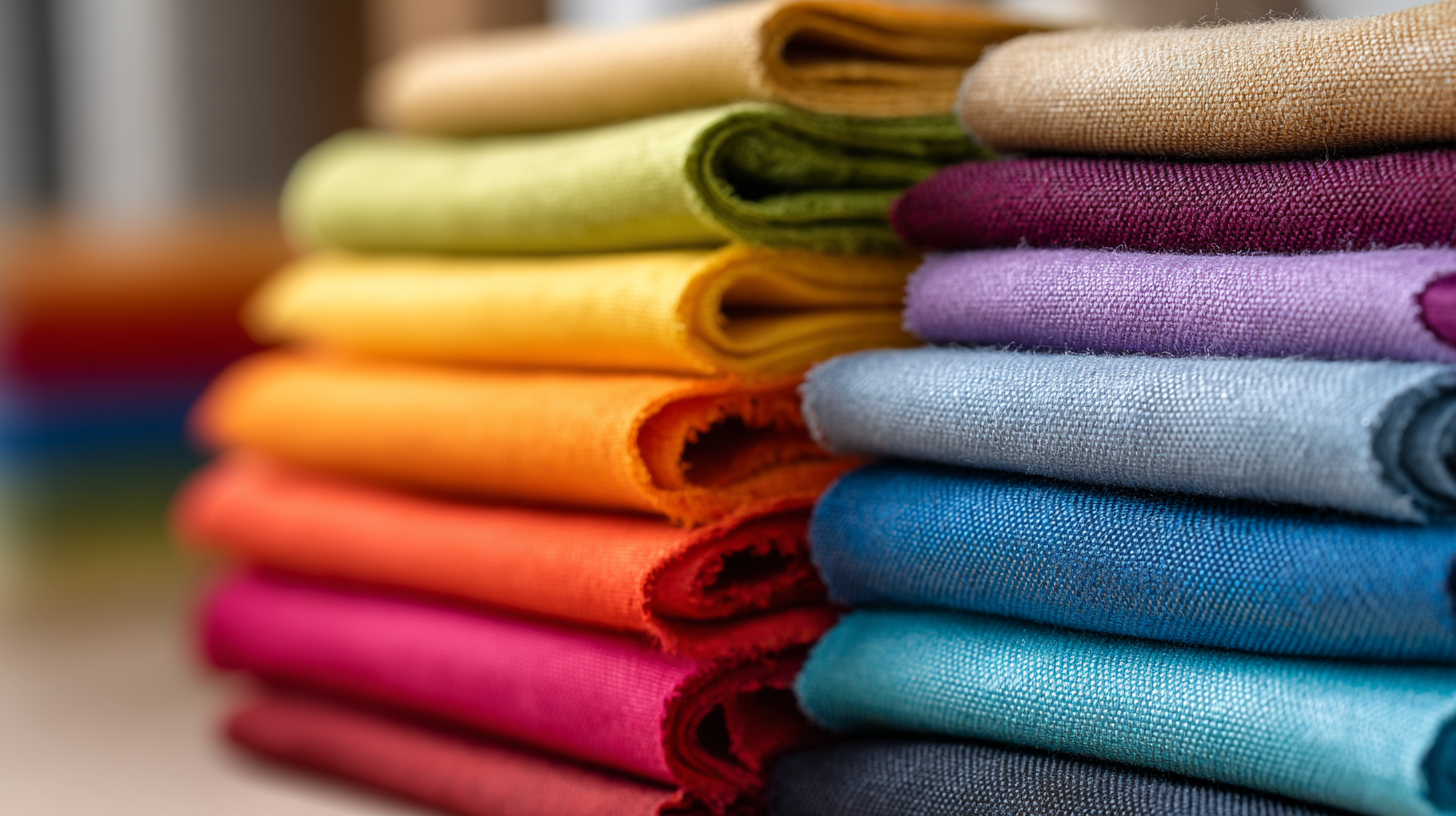Choosing the right lining fabric is a pivotal aspect of any sewing project, often determining the final look and feel of the garment. Lining fabric not only enhances the comfort and drape of a piece but also serves functional purposes, such as providing structure and protecting the outer fabric from wear. With an array of options available, from silks to polyester blends, navigating this decision can be daunting for both seasoned seamstresses and beginners alike.
In this guide, we will explore 10 essential tips to assist you in selecting the best lining fabric for your projects. Whether you're crafting a tailored blazer, a flowing dress, or a cozy coat, the right lining can elevate your creation and ensure longevity. By considering factors such as weight, breathability, and texture, you can make informed choices that align with the specific requirements of your design. Join us as we delve into the considerations that will help you navigate the world of lining fabrics with confidence and creativity.

When embarking on a sewing project, the choice of lining fabric can significantly impact the final outcome. Lining fabrics come in various types, each offering distinct characteristics suited for different applications. Common options include cotton, polyester, silk, and rayon. Cotton linings are breathable and easy to work with, making them ideal for casual garments. On the other hand, polyester provides durability and a smooth finish, perfect for jackets and skirts that require a bit more structure.
Silk linings, while luxurious, can be more challenging to handle due to their slippery nature but are excellent for high-end garments where a touch of elegance is desired. Rayon is a versatile option that mimics the soft drape of silk, suitable for a wide range of clothing items. Understanding these different types of lining fabrics will help you select the best option based on your project’s needs, ensuring both aesthetic appeal and functional performance.
 Choosing the right lining fabric is crucial for enhancing the durability and comfort of your projects. When undertaken thoughtfully, the selection can significantly impact the overall quality and wearability of the finished item. A high-quality lining fabric helps to protect the outer fabric from wear and tear, reducing fraying and maintaining the garment's structure. Moreover, it plays a pivotal role in how comfortable the garment feels against the skin; soft, breathable linings prevent irritation and unpleasant chafing, making a huge difference for everyday wear.
Choosing the right lining fabric is crucial for enhancing the durability and comfort of your projects. When undertaken thoughtfully, the selection can significantly impact the overall quality and wearability of the finished item. A high-quality lining fabric helps to protect the outer fabric from wear and tear, reducing fraying and maintaining the garment's structure. Moreover, it plays a pivotal role in how comfortable the garment feels against the skin; soft, breathable linings prevent irritation and unpleasant chafing, making a huge difference for everyday wear.
Further, the right lining contributes to the garment's drape and movement. For instance, heavier linings can add weight and structure to tailored clothing, while lighter fabrics offer a fluid, graceful silhouette. Choosing a lining that complements the outer layer ensures that the final piece not only looks polished but also functions well in various environments.
Ultimately, investing time in selecting the right lining fabric pays off in durability, comfort, and aesthetic appeal, making your projects not just visually stunning but also highly functional.
When selecting lining fabric for specific projects, it’s crucial to consider a few key factors to achieve the desired outcome. First and foremost, think about the weight of the lining fabric. Heavier fabrics work well for structured garments, providing support and shape, while lighter options are ideal for flowing designs. This balance enhances the overall drape and movement of the finished piece.
Another important aspect is the fabric’s breathability. For garments intended for warmer climates, opt for natural fibers like cotton or linen, which allow air circulation and comfort. In contrast, synthetic fabrics, such as polyester, can be more suitable for colder conditions due to their insulating properties. Additionally, consider the ease of care; fabrics that are machine washable can save you time and effort.
Lastly, pay attention to the fabric’s opacity and how it interacts with the main fabric. A sheer lining may work beautifully with delicate outer fabrics, adding a layer of elegance, while a more opaque lining can provide coverage and structure. By considering these factors, you can choose the best lining fabric that complements your project perfectly.
In recent years, the world of textiles has seen significant advancements in lining fabrics, reflecting industry trends that cater to both functionality and aesthetic appeal. A wide range of materials, from silk and polyester to technical fabrics, are gaining popularity due to their unique properties. For instance, fabrics with moisture-wicking capabilities and those that provide added insulation are increasingly being favored in various sectors, including fashion and sportswear. Performance metrics show that these materials not only enhance the overall comfort of garments but also improve their durability and longevity.
Moreover, the demand for sustainable and eco-friendly fabrics has surged, mirroring broader trends in consumer preferences. Many manufacturers are now exploring organic and recycled materials as a viable alternative to conventional fabrics, responding to the growing awareness about environmental impact. As consumers seek garments that not only look good but also align with their values, the choice of lining fabric becomes paramount. The performance data derived from various fabric tests is essential for designers aiming to select materials that not only fulfill physical requirements but also resonate with the ethical standards of today’s conscientious buyers.
When selecting lining fabrics for your sewing projects, sustainability should be at the forefront of your decision-making. Eco-friendly lining options are not only better for the planet but can also elevate the overall quality and comfort of your garments. Fabrics made from organic cotton, Tencel, or hemp provide a softer feel and enhance breathability, making them perfect for a variety of clothing items. These materials are often produced with minimal chemical use, which is beneficial for both the environment and the wearer's health.
Additionally, opting for sustainable lining fabrics often supports ethical labor practices and local economies. Many eco-friendly manufacturers prioritize fair wages and safe working conditions, ensuring that your choices have a positive impact beyond just aesthetics. By choosing eco-conscious options, you contribute to a greener fashion industry while enjoying the durability and versatility these materials offer. Incorporating sustainable practices in your sewing projects not only reflects a commitment to environmental responsibility but also promotes a more mindful approach to fashion that celebrates quality and longevity.

